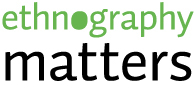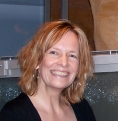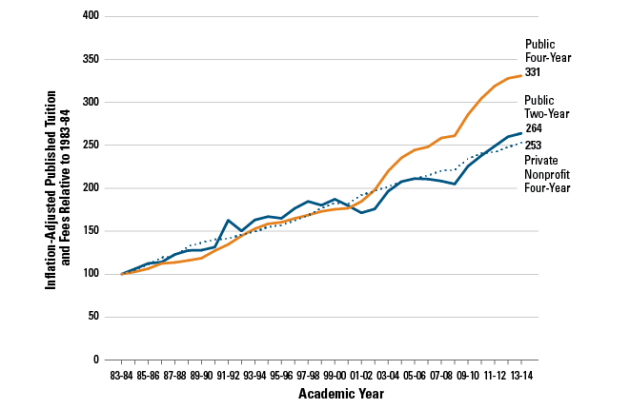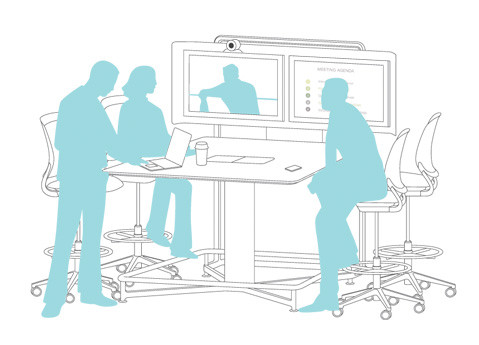Transforming complex systems: a case study in service design
 Jake Garber is a senior service designer for Innovation Unit. He uses a service design approach to help partner organisations address challenges in a radically different way. Jake specialises in using ethnographic research to unlock hidden insights and prototyping to develop very different ways of working. Before joining Innovation Unit he worked at the social innovation agency Participle, amongst other things, helping to design and launch Backr, a new social enterprise that helps people to invest in their own employability. Previously he researched and co-wrote Dying for Change with Charles Leadbeater at Demos and ran community development art projects with Gypsy Roma children in East London at The Children’s Society.
Jake Garber is a senior service designer for Innovation Unit. He uses a service design approach to help partner organisations address challenges in a radically different way. Jake specialises in using ethnographic research to unlock hidden insights and prototyping to develop very different ways of working. Before joining Innovation Unit he worked at the social innovation agency Participle, amongst other things, helping to design and launch Backr, a new social enterprise that helps people to invest in their own employability. Previously he researched and co-wrote Dying for Change with Charles Leadbeater at Demos and ran community development art projects with Gypsy Roma children in East London at The Children’s Society.
Editor’s note: This month, Jake Garber‘s account delves into his ethnographic research into the challenges of designing services for families facing difficulties such as suicide, incest, and long-term unemployment. Beyond the challenges inherent in working with such vulnerable populations, the service for which they conducted design research ultimately needed to coordinate the activity of over 20 different government agencies – each with their own priorities, budget conflicts, and factional interests.
This case study used ethnographic research and service design to put vulnerable families at the heart of a new system of support. In this post he outlines one family’s turbulent pursuit of stability, while reminding us of the critical importance of two valuable commodities: time and empathy.
The Trouble Families research is a project of Innovation Unit, a not-for-profit social enterprise that uses the power of innovation to solve social challenges. Jake spoke about this research at the most recent EPIC 2013 Pecha Kucha in London.
For more posts from this EPIC edition curated by editor Tricia Wang (who gave the opening keynoted talk at EPIC this year), follow this link.
Let’s imagine we’re designing a new service for families. To be confident our service is going to work for these families, it’s going to be pretty important to understand what they value, what their priorities are, how they see the world and how they respond to it. Ethnographic research can make important and decisive contributions to this task.
Now imagine we’re designing a new service for very vulnerable, complicated and often misunderstood families. Not only that, but we want to deliver our service through a complex and overlapping system of more than 20 separate agencies. This time ethnographic research is not only vital for understanding what can make a difference; it is also indispensible if we’re going to maintain focus on families and avoid getting completely lost in organisational bureaucracy.
In my work at Innovation Unit we support public services to radically improve what they do. In the service design team here, we rely heavily on an ethnographic style of research to ground and inspire the work we do. I want to share a story of one of our recent projects to illustrate how we use ethnographic style work to create human centered system transformation. Read More…
































Recent Comments